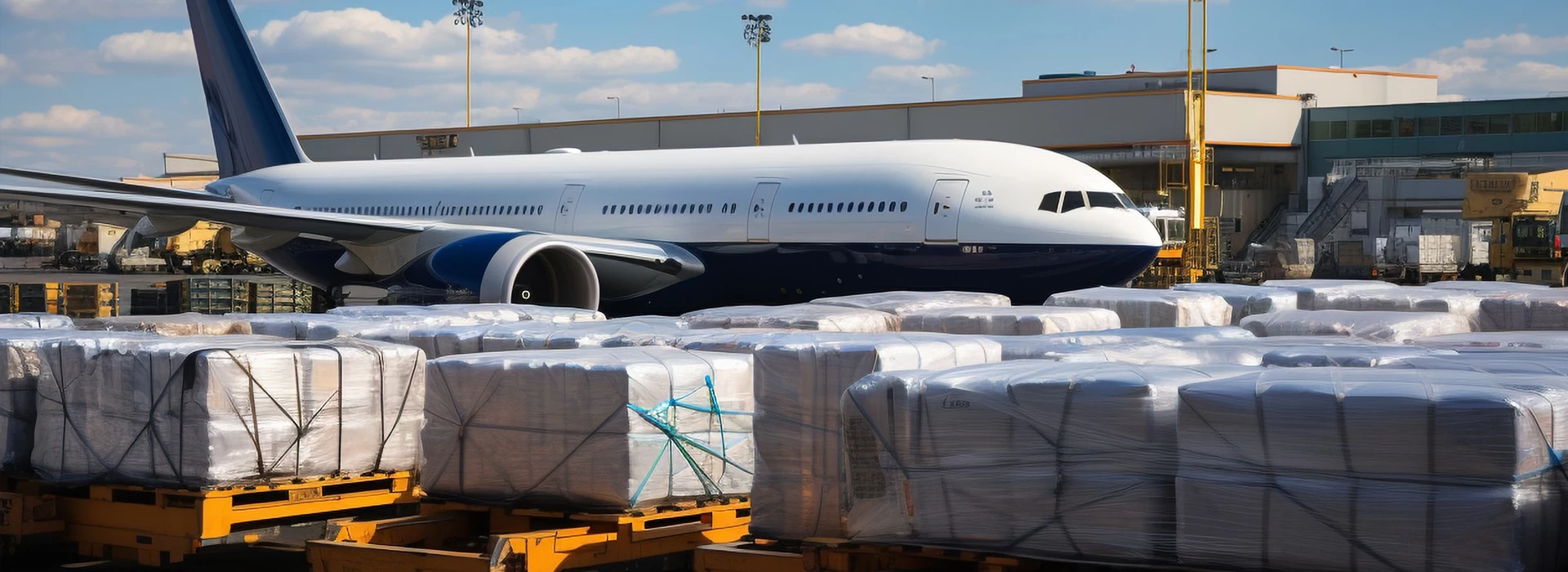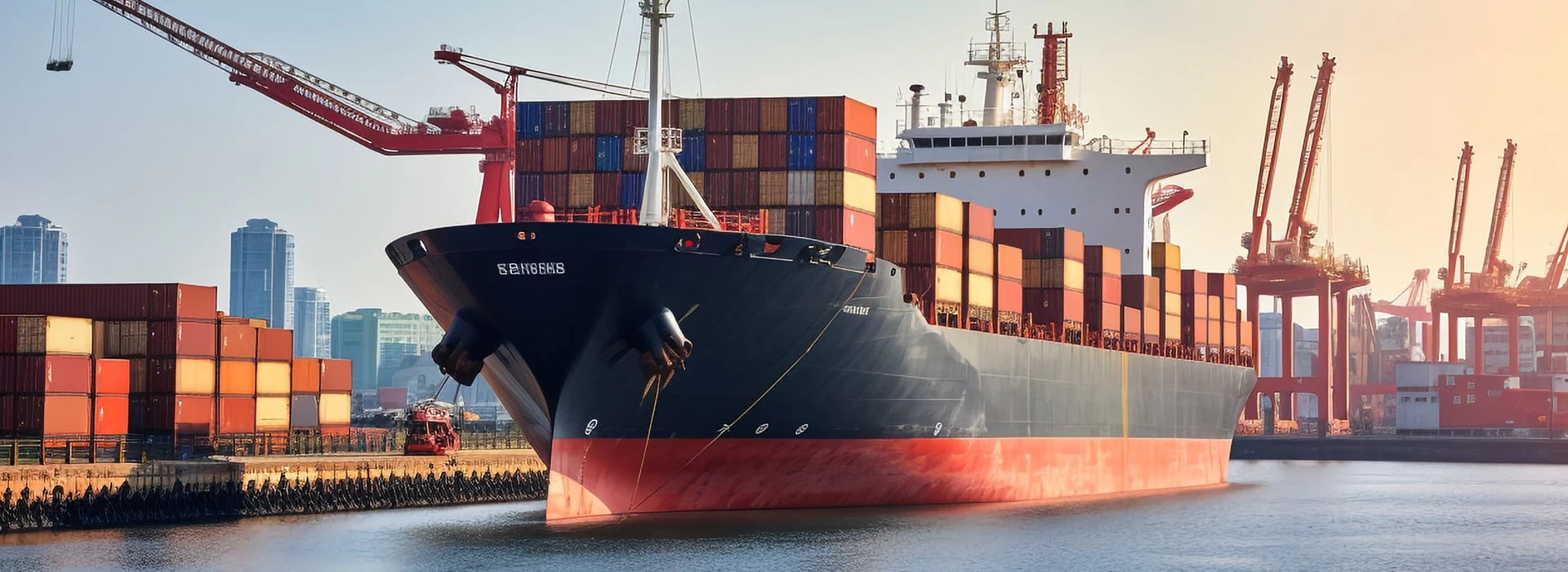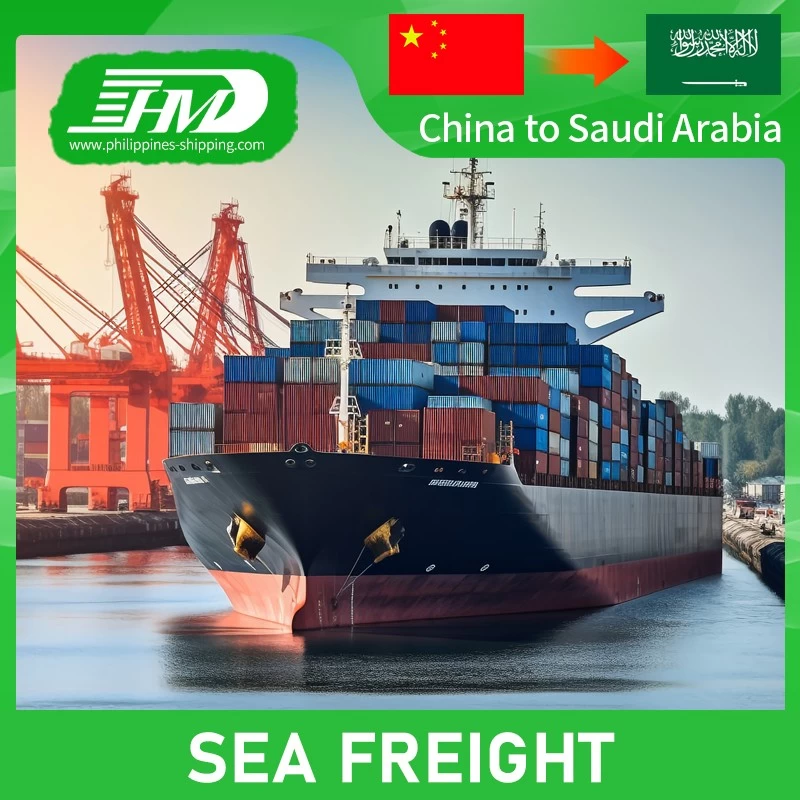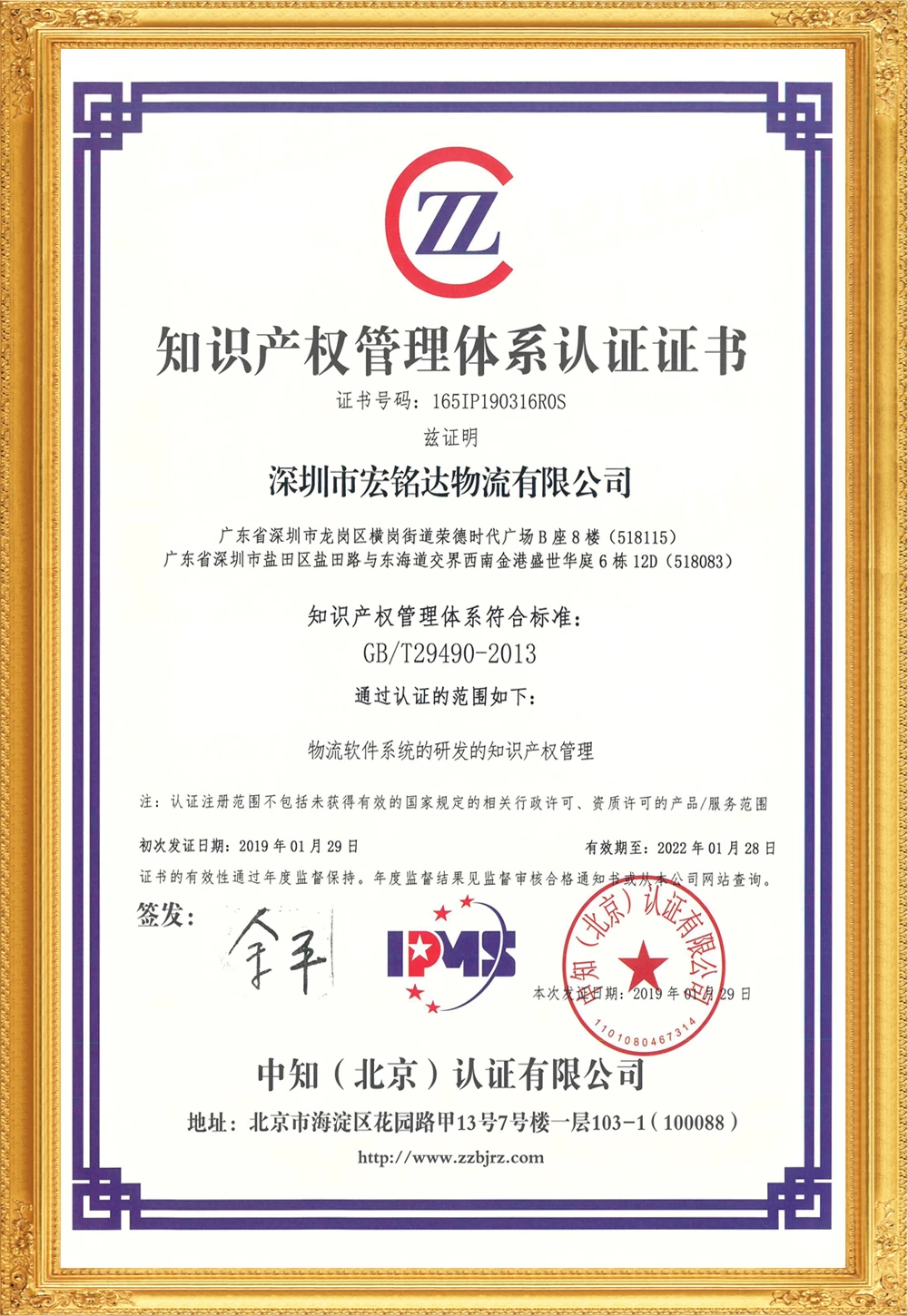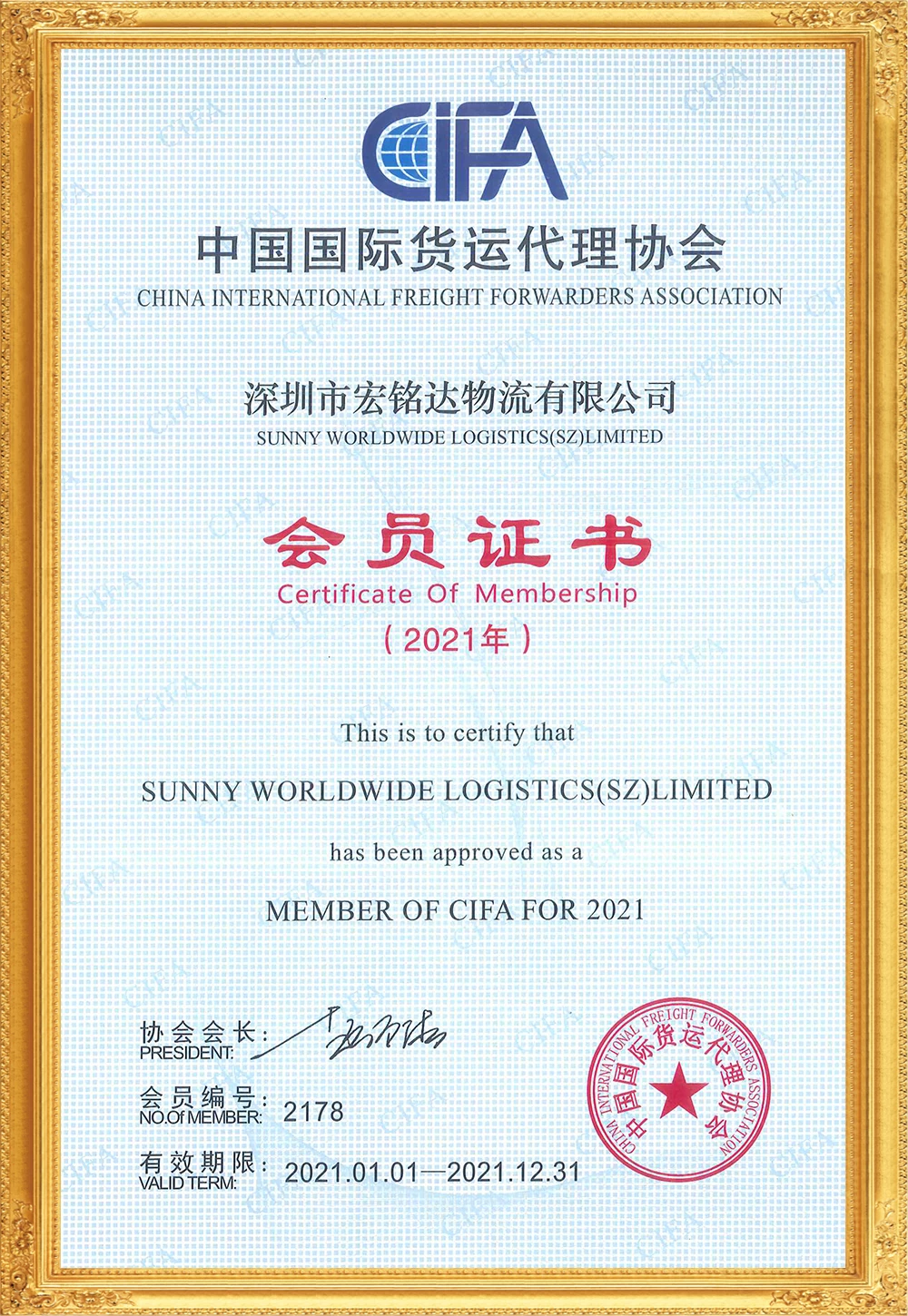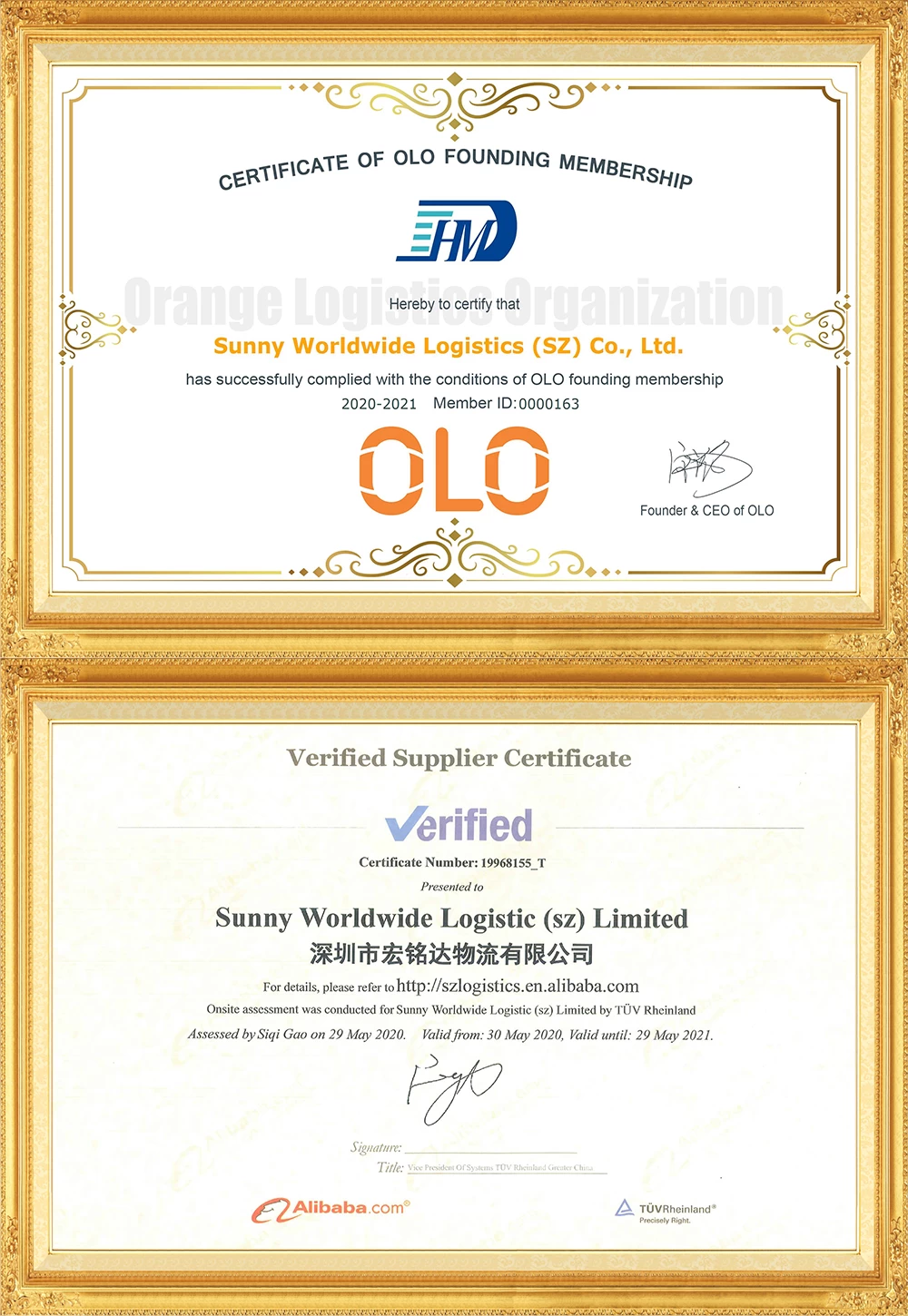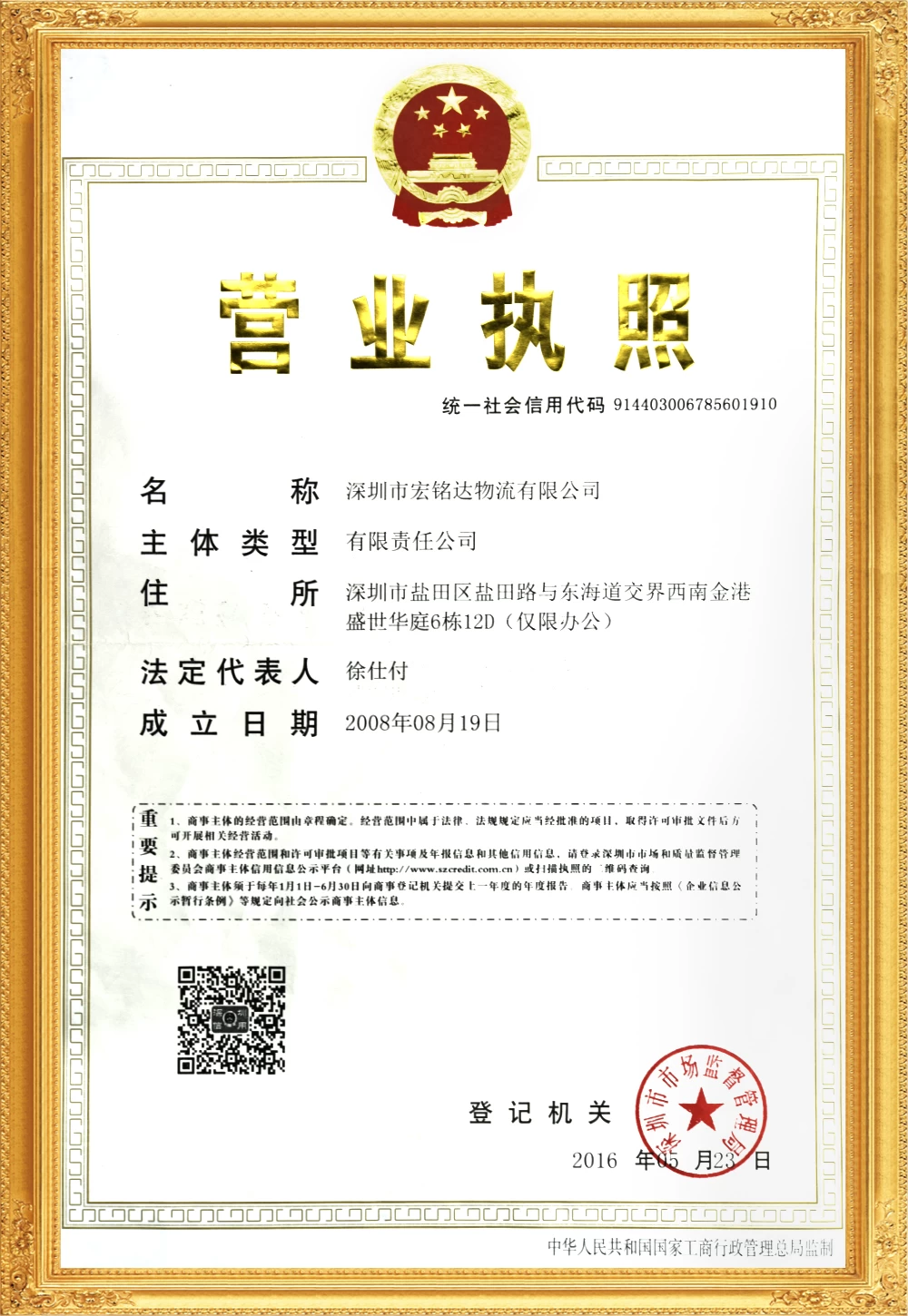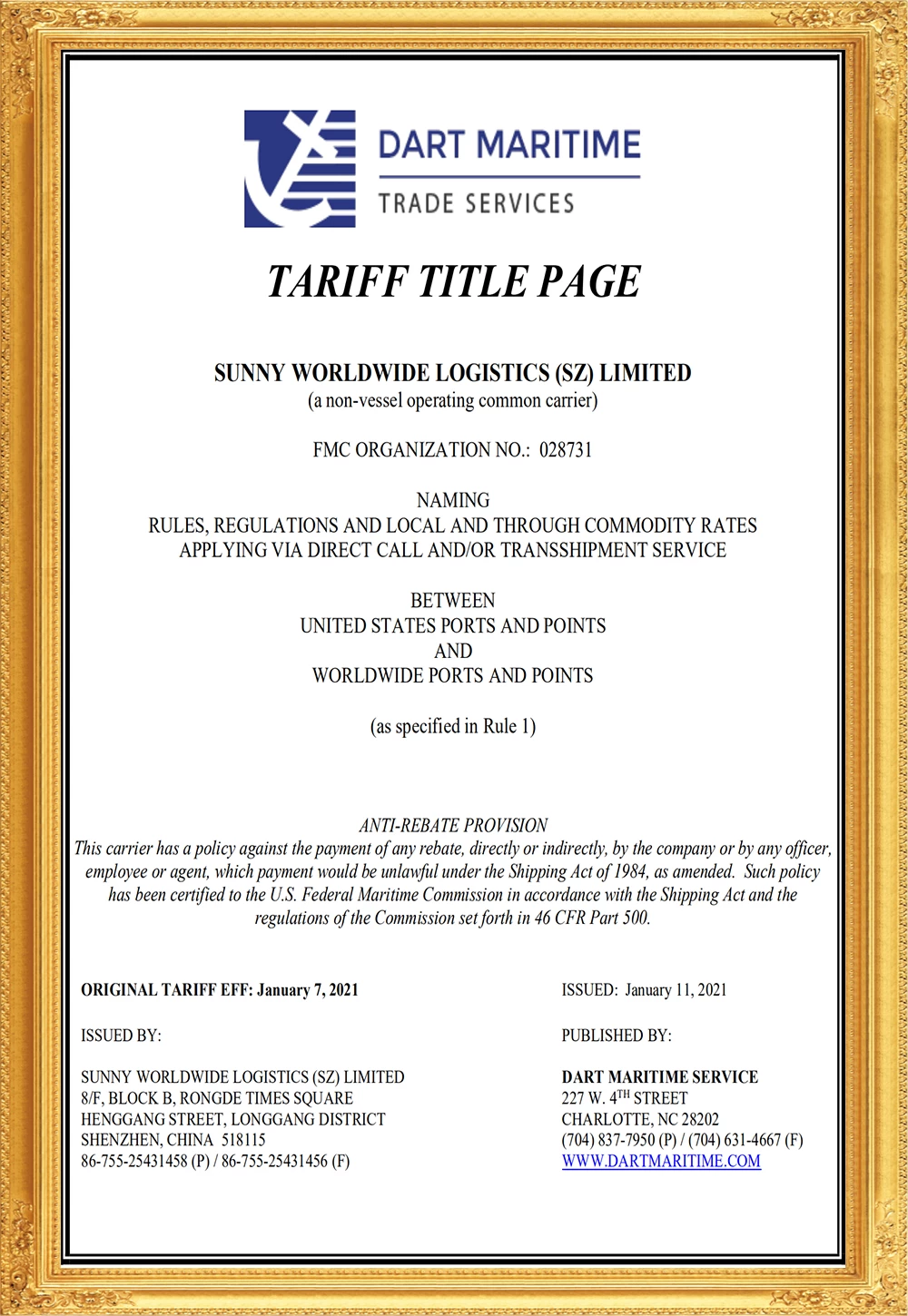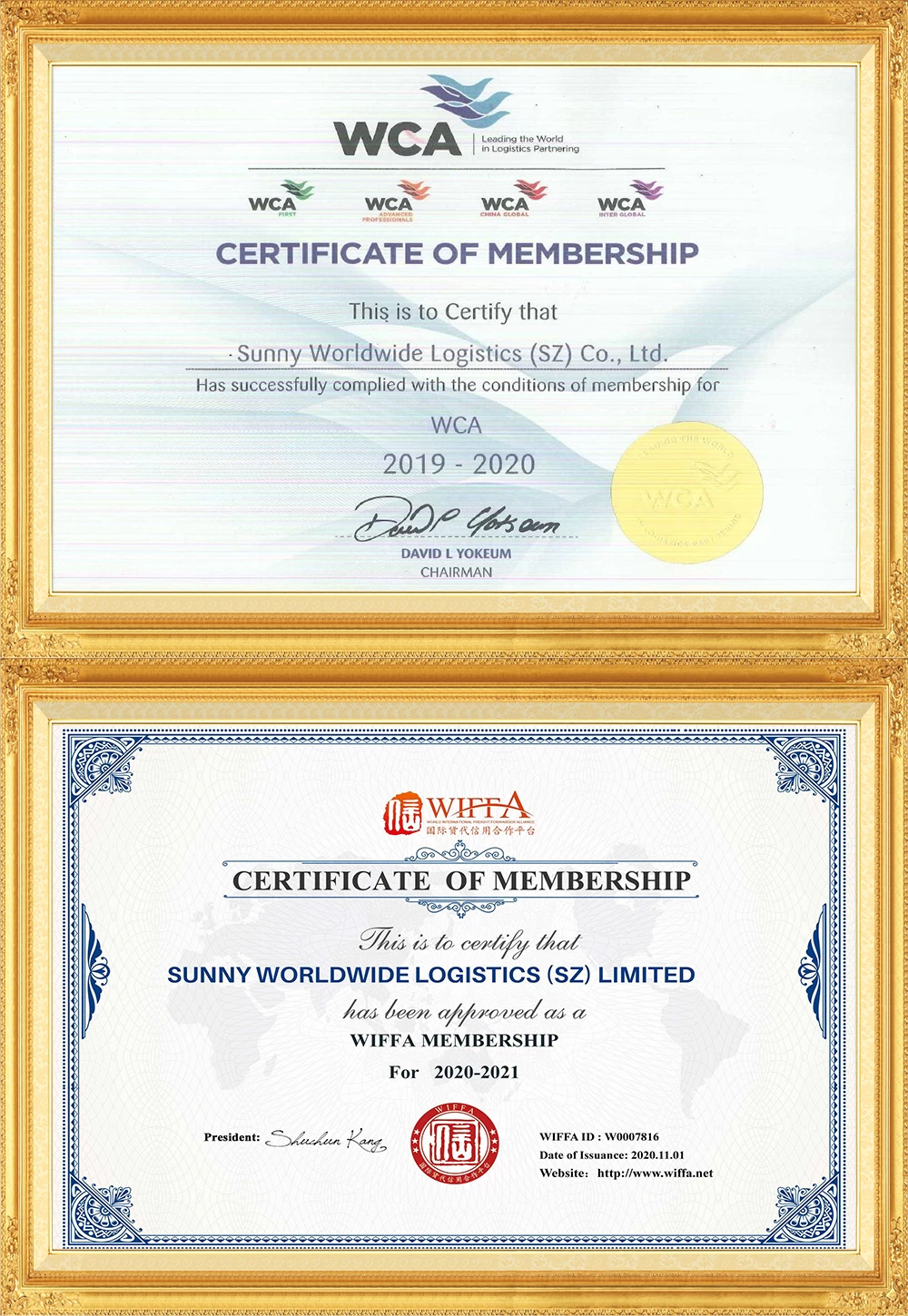Freight rates skyrocketed by 600%, reaching $10000
As the situation in the Red Sea heats up, with more and more container ships avoiding the Red Sea-Suez Canal route and detouring to the Cape of Good Hope, shippers are scrambling to place their orders in advance in order to mitigate the impact of longer transit times from Asia to Europe.
However, due to delays in the return voyage, the supply of empty container equipment in Asia is extremely tight, shipping companies to release the box is also limited to large quantities of "VIP contracts" or shippers willing to pay high freight rates.
Even so, there is still no guarantee that all the containers delivered to the terminal can be loaded on February 10 before the Chinese New Year, because mainly for the carrier will give preference to the higher price of the spot cargo, and the lower price of the contract for the postponement of the processing.
Local time on the 12th, the U.S. consumer news and business channels reported that the current tensions in the Red Sea, the longer it lasts, the greater the impact on global shipping, shipping costs will be increasingly high. The situation in the Red Sea is heating up the chain reaction, pushing up global shipping prices.
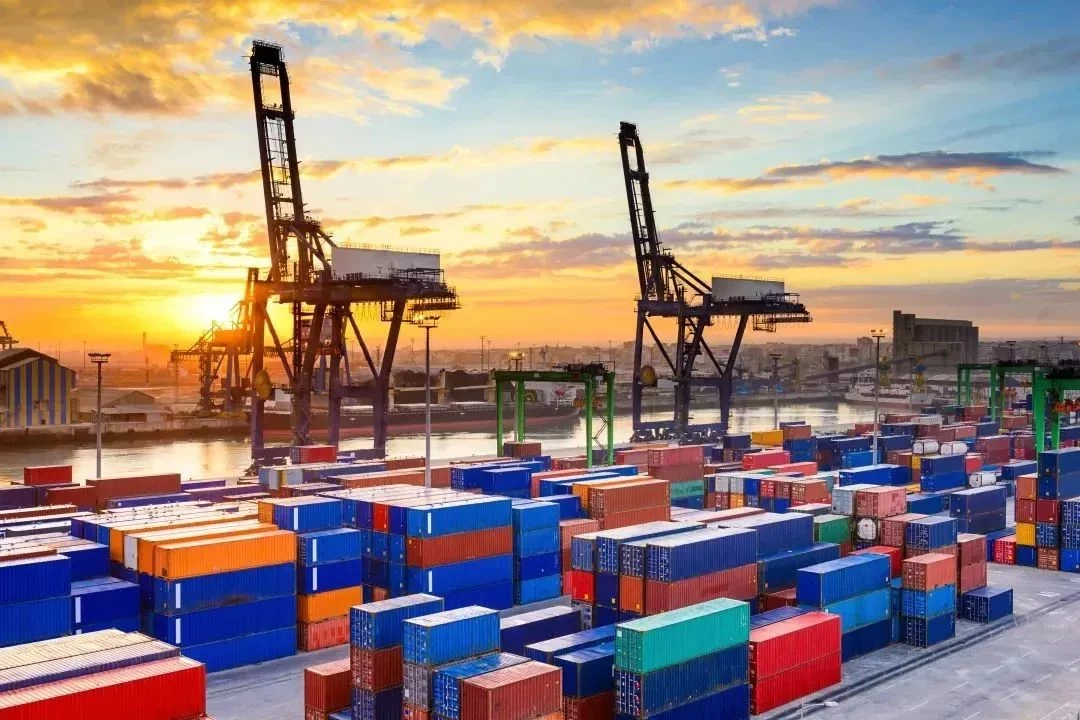
According to the report, according to statistics, affected by the situation in the Red Sea, some of the container freight rates on the Asia-Europe route have soared by nearly 600% recently. At the same time, to make up for the impact of the suspension of the Red Sea route, a number of shipping companies are moving their ships on other routes to Asia-Europe, Asia-Mediterranean routes, which in turn has pushed up the cost of shipping on other routes.
According to a report on Loadstar's website, space prices on the China-Northern Europe route were ridiculously high in February, with rates exceeding $10,000 per 40-foot container.
Nonetheless, Peter Sand, principal analyst at Xeneta, believes that in the current environment, shippers should not rely too heavily on low freight rates until supply chain disruptions are addressed.
Peter Sand emphasizes, "Shippers are being informed that long-term contract rates will no longer be honored and will be pushed into the spot market. As a result, shippers cannot simply expect to pay lower rates, as shipping lines will be more inclined to prioritize contracts that are concluded at higher rates in the spot market."
Meanwhile, the Container Spot Index, which reflects average short-term rates, continues to soar.
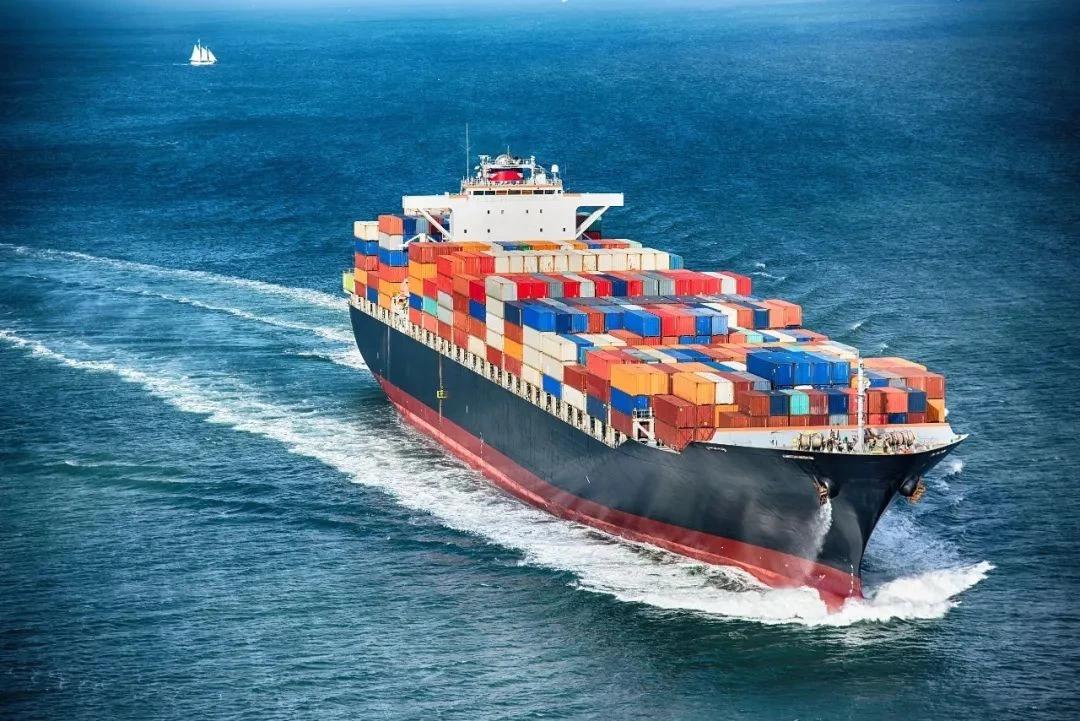
Recent data from the DELUXE World Container Freight Composite Index WCI showed that Shanghai-North Europe line rates rose a further 23% to USD 4,406 per FEU, up 164% since December 21, while spot rates from Shanghai to the Mediterranean rose 25% to USD 5,213 per FEU, a 166% increase.
In addition, shortages of empty container equipment and drought draught restrictions in the Panama Canal have pushed up rates on the trans-Pacific route, with Asia-U.S.-West rates rising by about a third to around $2,800 per 40-footer since the end of December last year. Average Asia-U.S. East rates have risen 36 percent since last December to about $4,200 per 40 feet.
However, these spot rates will look relatively inexpensive in a few weeks' time if shipping lines' rates meet expectations. Some trans-Pacific carriers will introduce new FAK rates effective January 15th. Freight rates for 40-foot containers on the U.S. West Coast will be $5,000, while 40-foot container rates for East Coast and Gulf Coast ports will be $7,000.
As tensions continue to rise in the Red Sea, Maersk warned that disruptions to Red Sea shipping could last for months. As the world's largest liner operator, Mediterranean Shipping Company (MSC) has announced that it will raise freight rates for the second half of January from the 15th. Industry forecasts, trans-Pacific freight rates may reach a new high since the beginning of 2022.
Mediterranean Shipping Company (MSC) has announced new freight rates for the second half of January. From 15 onwards, the U.S. West Route tariffs will rise to 5,000 U.S. dollars, the U.S. East Route will rise to 6,900 U.S. dollars, while the Gulf of Mexico Route will rise to 7,300 U.S. dollars. In addition, France's Duffy Line (CMA CGM) has also issued a notice, since 15, shipping to the West Mediterranean port of the 20-foot container tariffs will be adjusted to 3500 U.S. dollars, while the 40-foot container tariffs will rise to 6000 U.S. dollars.
DXN analysis data show that, as of 12, due to the Red Sea situation rerouting has been determined to reroute the number of container ships for 388, the total expected capacity of 5.13 million TEU. Already 41 ships have arrived at the first destination port after re-routing. Project44, a logistics data analysis organization, also pointed out that the daily ship traffic in the Suez Canal has plummeted by 61 per cent to an average of 5.8 ships compared to the period before the Houthi attack.
Sunny Worldwide Logistics We have FOB, CIF and DDP service to worldwide via sea and air with 26 years. Welcome to try an order.



